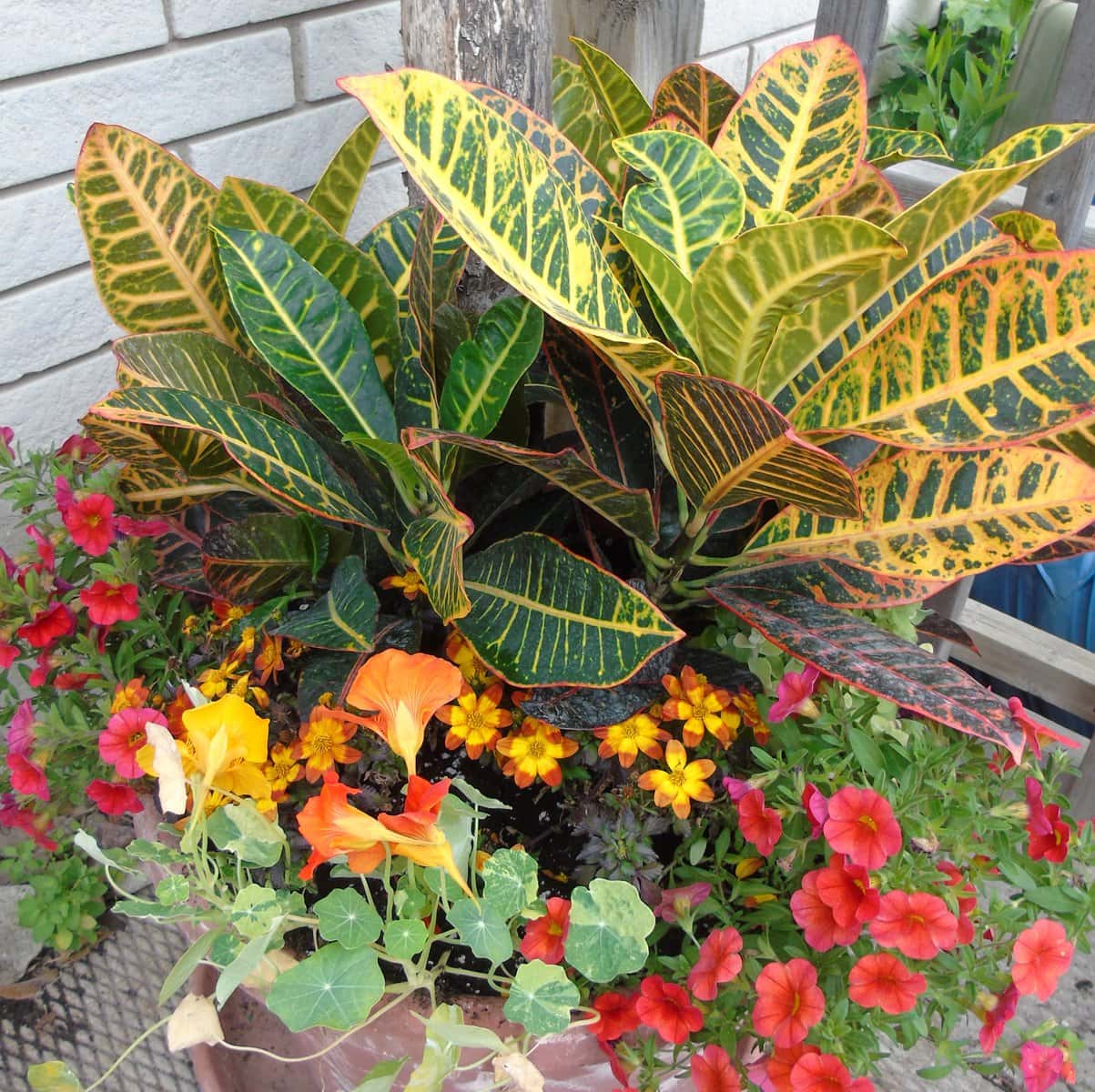Over the last week or two, you have probably been busy putting together your containers with annuals.
Do you find that you keep doing the same thing year after year? Hopefully, you have moved past the four geraniums with the dracaena spike in the center and a few trailing plants to finish it off.
There is such a plethora of plants to choose from and the combinations are endless. I think that is sometimes the problem: too many choices. So, we just stick to what worked the year before.
So, how do you kick your planters up a notch? What makes for a winning combination?
The winner is the Leafs! Oh, my mistake: not the Leafs, but the leaves.
I get so excited about looking at the foliage of plants. Just putting that down on paper tells me I probably need to get out more often, but for me, the foliage is just as important as the flowers.
We don’t often think about how significant the leaves are. We tend to only think about the flowers and we rely on them to provide all the interest throughout the summer.
Don’t get me wrong, the flowers are an important part as well, but during the summer months, the flowers tend to dwindle. If you pay attention to the leaves, it will add a whole new dimension to your planters.
It doesn’t matter what style you would like to achieve: you can never go wrong with a variety of leaf colours and textures to make an attractive collection of plants.
I find that as soon as you add any lime foliage into the mix of plants, it has a way of making all the other colours stand out stronger.
The purples are richer, the pinks are brighter and the oranges are bolder. It is the quickest way to bring life into your planters.
Some lime-coloured plants for a full sun or part shade location would be golden creeping Jenny, gold potato vine, lime licorice plant, and Angelina sedum. For a part shade-to-shade location, consider coleus, gold hosta or all gold hakone grass.
It may be that a darker burgundy leaf will be what sets your planter off. Burgundy foliage will always work best when you have a lighter, contrasting colour to bring it out such as yellow, white or silver.
If your planter is all dark colours (flowers and foliage), the burgundy leaves can get lost. Each container needs to have one main plant of interest that captures your attention.
There are some great specimen plants with red or burgundy leaves such as elephant ears, canna lilies, purple fountain grass and cordylines. There are also some trailing and filler-type annuals with showy burgundy leaves such as purple potato vine, silver inch plants (also sometimes known as wandering Jew), coleus and Persian shield.
There are some plants with variegated foliage, meaning at least two different colours on the same leaf.
These help by adding contrast so all the leaves do not become just a hodgepodge of green but stand out against one another.
Some examples of annuals with variegated leaves are vinca vine, lamiastrum, variegated nasturtiums, and variegated potato vine.
Not only do some plants add needed colour, but it is also important to consider foliage plants that offer different textures, from the very fine texture of the asparagus fern to the very coarse texture of elephant ears.
Incorporating a few plants with different leaf textures and colours will help to elevate your planters to a new level.
Joanne Young is a Niagara-on-the-Lake garden expert and coach. See her website at joanneyoung.ca.











